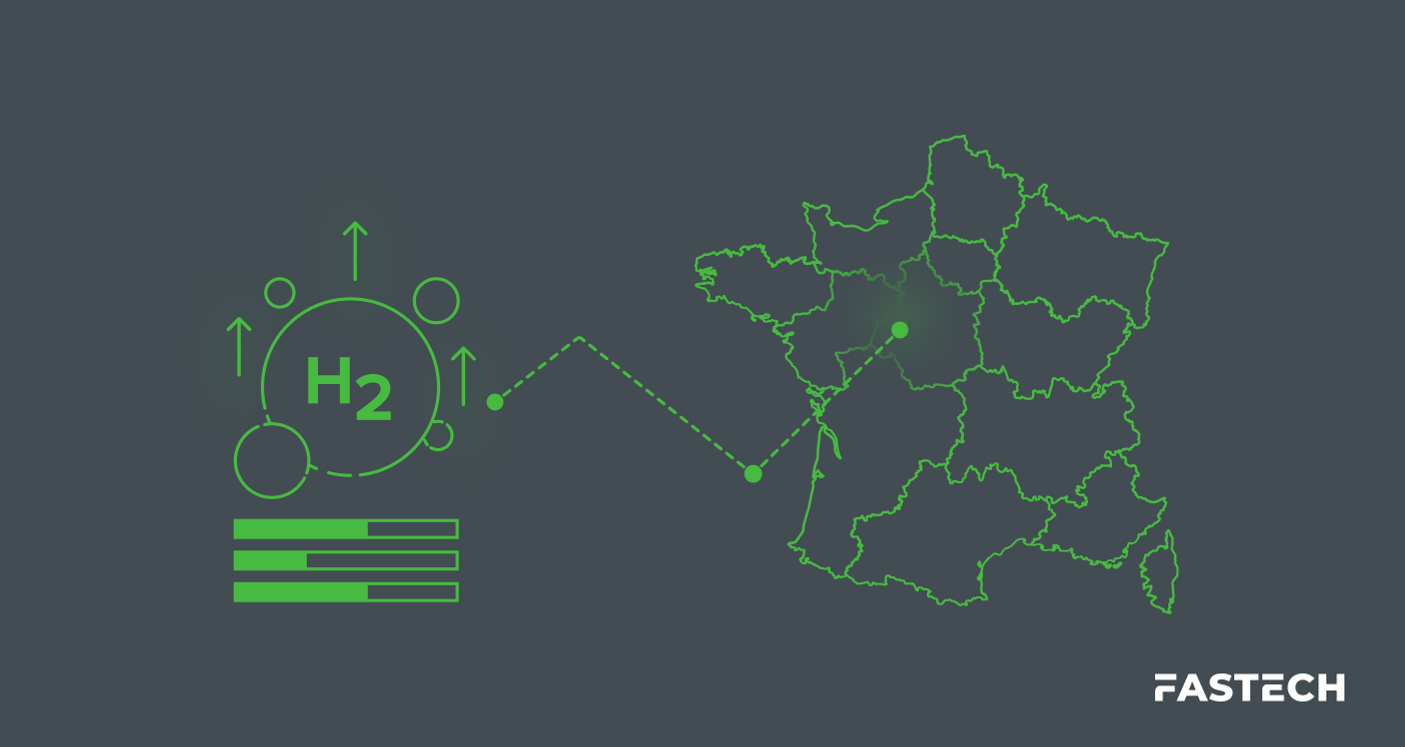Who Discovered Hydrogen? A Timeline of Hydrogen Technologies

In the pursuit of a net-zero tomorrow, hydrogen emerges as a game-changing solution. As the most abundant element in the universe, it offers unparalleled potential for clean, sustainable energy, with countless applications in various fields.
But who discovered hydrogen? And when was hydrogen discovered?Let’s trace the path from ancient observations to contemporary technologies to uncover the fascinating history behind this promising element.
Ancient Observations of Hydrogen
In ancient civilizations, hydrogen existed as a nameless and shapeless entity. Alchemists and philosophers referred to it as an “inflammable air.” Some even suspected it had alchemical links to the philosopher's stone, a substance that people believed could turn base metals into gold.
Although alchemy may seem rather silly in a modern context, its blend of mystical practices with proto-science laid some fundamental groundwork for modern chemistry. And, in its own alchemical twist, hydrogen's true nature eventually shifted from mythic status to reality.
Later Hints of Hydrogen
In the two centuries leading up to its official discovery, the mysterious presence of an inflammable gas (what we now know as hydrogen) stirred the curiosity of several alchemists and scientists. In chemistry history, two notable encounters stand out:
The first involved Paracelsus, born Philippus Aureolus Theophrastus Bombastus von Hohenheim. He was a Swiss physician, alchemist, and astrologer of the early 1500s. In some accounts, Paracelsus is said to have observed this flammable gas after adding sulfuric acid to iron filings.
Much later, in 1671, the Anglo-Irish natural philosopher, chemist, physicist, alchemist, and inventor, Robert Boyle, made a similar observation when he replicated the experiment.
Cavendish Discovers Hydrogen (1766)
The scientific credit for hydrogen’s actual discovery is attributed to the British scientist Henry Cavendish. In 1766, Cavendish conducted a series of groundbreaking experiments, isolating an "inflammable air" by reacting zinc metal with hydrochloric acid.
Despite the fact that he didn’t give hydrogen its name, it was Cavendish who first recognized this gas as a distinct and unique element. His precise observations and detailed experiments laid the foundation for our understanding of hydrogen, including its role in the composition of water.
That latter discovery was made during a demonstration to the Royal Society of London, in which Cavendish applied a spark to hydrogen gas, which created water. This discovery led to his later finding that water (H2O) is made of hydrogen and oxygen.
Antoine Lavoisier Gives “Inflammable Air” a Name (1788)
In a pivotal moment in scientific history, the father of modern chemistry, Antoine Lavoisier, gave the mysterious “inflammable air” the name “hydrogen” less than two decades after its isolation.
In 1783, French chemist Lavoisier conducted a series of experiments reacting oxygen with inflammable air to create pure water. His observations led him to conclude (correctly) that water wasn’t an element but a compound of oxygen and inflammable air. To back this claim, he performed a reverse decomposition, breaking water down into the two isolated elements.
Lavoisier carefully chose a name that was imbued with meaning. Derived from the Greek words 'hydro' and 'genes,' signifying 'water' and 'forming' respectively, the name highlighted the gas's extraordinary ability to form water when combusted with oxygen
Hydrogen’s Progress Through the 19th and 20th Century
Over the next century, scientific understanding of hydrogen advanced in leaps and bounds, with each decade yielding new discoveries. Some of the major developments included:
- 1785 – Italian-born scientist Tiberius Cavallo publishes the paper The History and Practice of Aerostation. This paper covered the history of ballooning, which theorized that hydrogen gas could be used for balloons in flight.
- 1800 – English scientists William Nicholson and Sir Anthony Carlisle discover electrolysis. By applying an electric current to water, they were able to produce hydrogen and oxygen gases.
- 1838 – Swiss chemist Christian Friedrich Shoenbein discovers the fuel-cell effect, a process that involved combining hydrogen and oxygen gases to produce water and an electric current.
- 1845 – English scientist Sir William Grove applies Schoenbein’s discovery in practice by creating a "gas battery." This earned him the title "Father of the Fuel Cell."
- 1874 – English author Jules Verne becomes the first person to speculate on the potential use of hydrogen as a fuel in his popular work of fiction, "The Mysterious Island."
- 1889 – Ludwig Mond and Charles Langer attempt to create the first fuel cell device using air and industrial coal gas, dubbing the invention a fuel cell.
- 1920s – German engineer Rudolf Erren converts engines to use hydrogen, and British scientist J.B.S. Haldane introduces the concept of renewable hydrogen.
- 1958 – The United States forms NASA, which currently uses liquid hydrogen for the vast majority of its rocket propulsion and fuel cells.
- 1959 – Francis T. Bacon builds the first practical hydrogen-air fuel cell, and the first fuel cell vehicle is demonstrated.
- 1970 – John O'M.Bockris coins the term “hydrogen economy,” describing a hydrogen-based energy system.
- 1977 – The International Energy Agency (IEA) is established, including the research and development of hydrogen energy technologies.
- 1988 – The Soviet Union successfully converts a commercial jet to operate one engine on liquid hydrogen.
- 1989 – The United States forms the National Hydrogen Association (NHA).
- 1990 – In Germany, the world's first solar-powered hydrogen production plant becomes operational.
- 1994 – Daimler Benz demonstrates its first hydrogen fuel cell vehicle, the NECAR I.
Contemporary Hydrogen Technologies
With the rise of digitalism, hydrogen technologies have advanced significantly, reflecting a resurgence of interest in hydrogen as a clean energy source.
Advancements in fuel cell technology have brought widespread hydrogen-powered transportation and power generation closer to reality. The development and progression of blue and green hydrogen production methods have also given new life to the following efforts:
- Minimizing carbon footprints
- Transitioning to renewable energy
As a versatile energy carrier, hydrogen can be stored, transported, and utilized in various ways, contributing to its potential as a sustainable solution in a variety of industries and applications. These include:
- Transportation
- Industrial processes
- Heating and cooling
- Energy production and storage
- Agriculture
But we're only beginning to scratch the surface of hydrogen’s true potential. From powering daily commutes to transforming industries, its promise as a potential clean energy source is enormous. And, as technology advances, hydrogen is poised to become not just an alternative but a key player in our global energy landscape.
In other words, the clean infrastructure journey has only just begun.
Want to learn more about how you can be involved?
Reach out to the hydrogen energy experts at FASTECH today.




